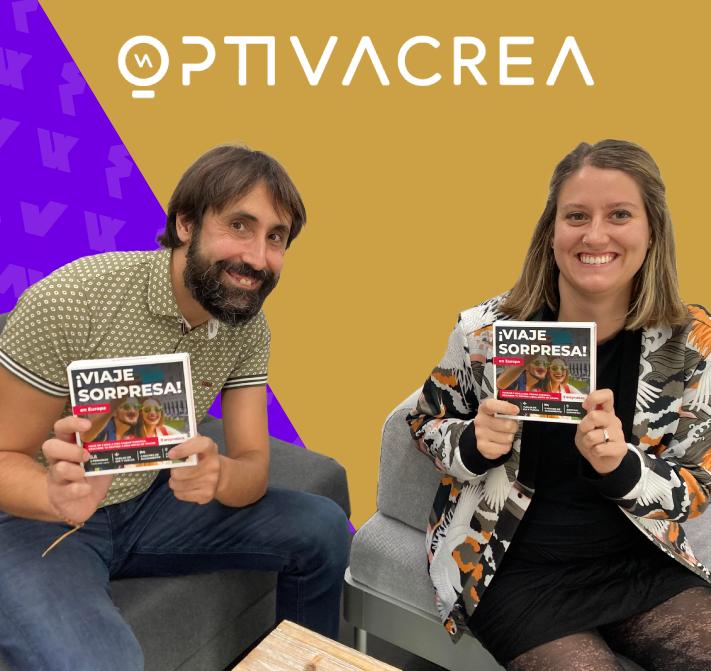Find us
Edificio Europa II
Calle Musgo nº2, Madrid
+34 912 977 271
r-i@optivamedia.com
Terms and conditions

Optiva Media is part of EPAM Systems Inc., a leading global provider of digital platform engineering and software development services.
07/09/2021
At the beginning of the year, Optiva Media participated in the project SmarTerp kick-off, a one-year EIT Digital project. Since then, our R&I team has been studying the potential benefits of using the SmarTerp tool to make media more accessible.
The European Union is committed to making life better for its citizens and actively promotes inclusion. The principle of accessibility aims to dismantle the barriers that hinder the enjoyment of rights by persons with disabilities. The issue concerns not just physical access to places, but also access to information, technologies, such as the Internet, communication, and economic and social life.
Making media more accessible is an inclusive practice that allows people with disabilities to interact with the social and cultural life of the Union. Mass media plays an important role in day-to-day socialisation, and it is also an important opinion former. To make media more accessible, Optiva Media R&I is pushing the concept of InclusiveTV.
Inclusive TV is being developed under SmarTerp as a first proof of concept. However, we want to keep working on it under the Horizon Europe framework.
The idea is to create an end-to-end solution aimed at OTT providers to introduce near-real-time live TV augmentation with subtitling, translation and sign language interpretation. It makes audiovisual content more accessible, especially for people with cognitive and hearing disabilities. It could also help immigrants that are not fluent in the language.
Source TV signal is diverted from standard contribution to remote facilities for AI-assisted augmentation that provides captioning, live audio and sign language interpretation, and then distributed to audiences as an integrated feature of TV operators.
Why now?
In recent years, people´s disabled movement has shifted from a medical/individual perspective to a more structural one, they are viewed as being disabled by a non-adapted society rather than by their bodies.
In the media industry, the European Audiovisual Media Services Directive (AVMSD) is pushing the State Members to reach 100% of Subtitling of public-service broadcasting and 10% of Audio description and sign language. A target that is not being met. In a survey conducted by the World Federation of the Deaf in Europe, only one-tenth of national-language broadcasts were provided with subtitles and fewer commercial communications are accessible for people with disabilities.
New technical opportunities provided by digital television mean that more methods are available to transmit television programmes that can be understood by hearing, and cognitive-impaired.
Technological development brings new promises. The rise of new technologies such as 5G and XR facilitate new solutions that help in the inclusiveness of disabled people.
Impact
We want to create a new solution with more inclusive interfaces that allow easy integration to all TV service operators. We aim at ensuring that all of the world’s population has access to television services in line with the targets set by world leaders in the World Summit on the Information Society.
Television is important for enhancing national identity, providing an outlet for domestic media content and getting news and information to the public, which is especially critical in times of emergencies.

 Congratulations to OptivaCrea’s winners!
Congratulations to OptivaCrea’s winners!